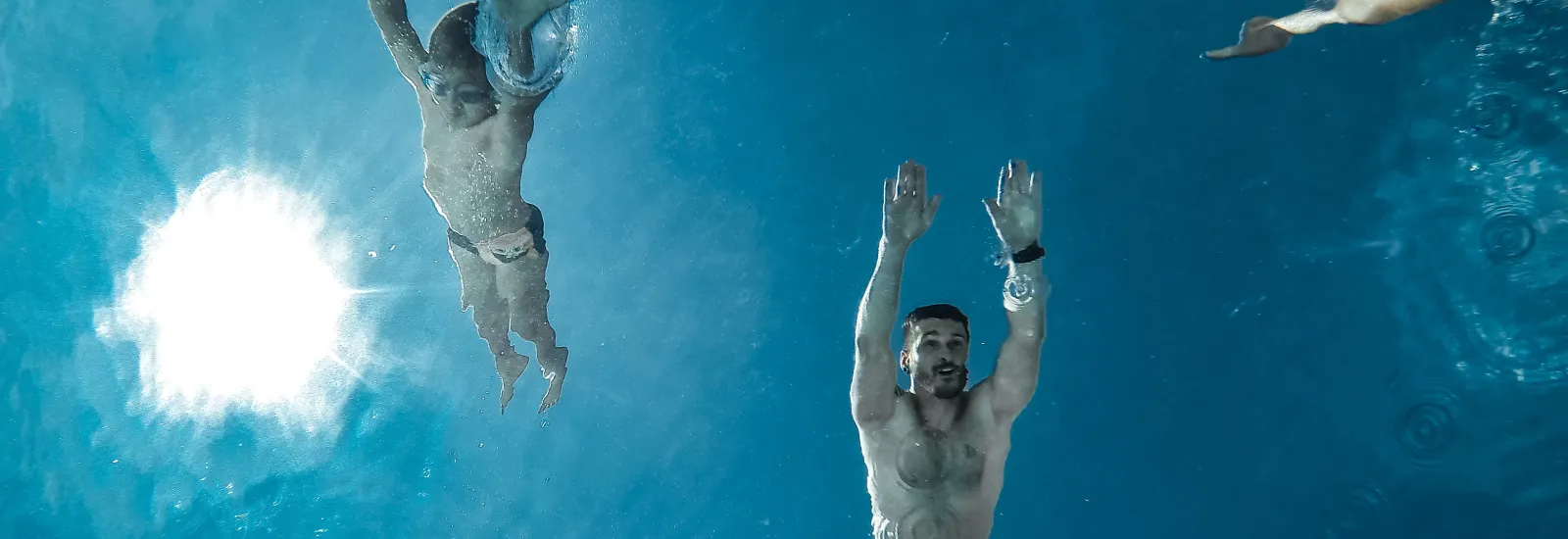
Swimming pool safety tips every parent should know
Spending time at the swimming pool is a favorite summer activity for kids and their parents. It's a great way to keep cool have fun and be active during the warmest days. Unfortunately according to the US Consumer Product Safety Commission drowning is the leading cause of accidental death for children from one to four years old. However with parents and caregivers working together to follow these swimming pool safety tips everyone can have a safe happy summer.
Rules for kids
Providing safety rules for kids can help them learn how to be safe around the pool. The American Red Cross and KidsHealth suggest the following rules for pool safety for kids:
- Always ask permission before going into the pool area and before swimming.
- Never swim alone.
- Don't run - always walk around the pool.
- No diving except in areas that are marked as deep enough.
- Stay away from pool drains. They have a very powerful suction that without a fully-functioning cover can trap bathing suits hair jewelry and goggles and may lead to a drowning if you can't free yourself.
- Always wear your life jacket while in the pool area even when you are not swimming.
Many swim clubs and public pools such as Little Neck Virginia Beach Swim & Racquet Club also advise against rough water play such as dunking and "chicken fights."

Tips for parents
- Designate someone to watch the kids swim
Many unfortunate pool accidents result from adults simply assuming that someone else was watching the kids play in and around the pool. At least one adult should be the lifeguard and should stay at that post until relieved by another adult. The "lifeguard" shouldn't be reading a book checking email or engaging in other distractions. The adult should be a competent swimmer and have a phone nearby to call 911 if a child needs emergency medical attention. - Make sure younger swimmers wear a US-Coast-Guard-approved life jacket
While pool toys noodles and arm floaties are fun they are not meant to be life-saving devices - parents and caregivers shouldn't rely on them to keep inexperienced swimmers safe from drowning. A life jacket is a more reliable way to keep your child's head above water but you should still be supervising them in and around the water at all times. - Teach your kids to swim or enroll them in swimming classes
Teaching your children to be confident swimmers (even just enough to make sure they know how to get out of the pool if they accidentally fall in) can save their lives. The American Red Cross a YMCA a community center or a local swim school can provide important swim instruction for you and all the members of your family. - Learn CPR
You should be able to provide CPR for a rescued child or adult. According to Centers for Disease Control (CDC) immediately administering CPR combined with the speedy arrival of emergency medical attention can greatly increase the likelihood of survival from near-drowning. - If you have a backyard pool install a fence with a self-locking mechanism
The CDC also advises that barriers to pool access are an important way to prevent accidental drownings in your backyard pool. The fences should be at least four feet tall and completely enclose the pool area. Doors that alarm when they are opened as well as pool alarms are additional measures for pool safety that you can consider.
Following these swimming pool safety tips can make the difference between a relaxed enjoyable summertime activity and a potential tragedy. Help your children learn to respect the water follow the rules and stay safe.
Image source: Flickr


Your blog is as amazing as always … I am a regular visitor of your blog due to its innovative and interesting content they are helping me